Mason bee block
bugdoctor
9 years ago
Related Stories

DECORATING GUIDESHoneycomb Shapes Are the Bee’s Knees
The hexagon is everywhere in nature — in honeycombs, tortoiseshells, snowflakes. Why not replicate it in home design?
Full Story
GARDENING GUIDESSmall Carpenter Bees Are Looking for a Home in Your Plant Stems
Provide flowers and nesting sites in your garden for this beautiful, tiny, metallic blue wild bee — your plants will thank you
Full Story
GARDENING FOR BUTTERFLIESGardening for the Bees, and Why It’s a Good Thing
When you discover how hard bees work for our food supply, you may never garden without them in mind again
Full Story
EARTH DAYHow to Design a Garden for Native Bees
Create a garden that not only looks beautiful but also nurtures native bees — and helps other wildlife in the process
Full Story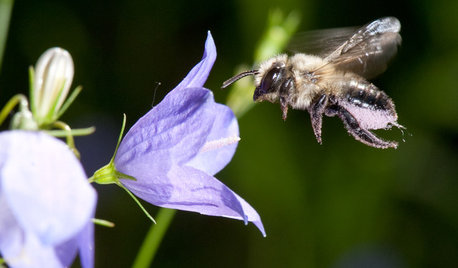
GARDENING GUIDESPut Out the Welcome Mat for Leafcutter Bees in Your Garden
Provide a diversity of flowering plants from spring through fall for these charismatic native bees, and you won’t be disappointed
Full Story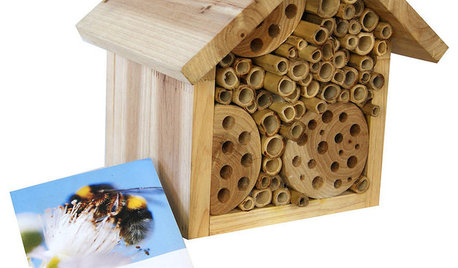
PRODUCT PICKSGuest Picks: 20 Ways to Play Garden Host to Birds and Bees
Perch some of these houses and feeders around your garden, and watch pollinators and feathered friends flock in
Full Story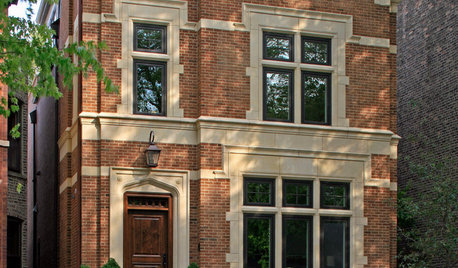
MATERIALSRaw Materials Revealed: Brick, Block and Stone Help Homes Last
Learn about durable masonry essentials for houses and landscapes, and why some weighty-looking pieces are lighter than they look
Full Story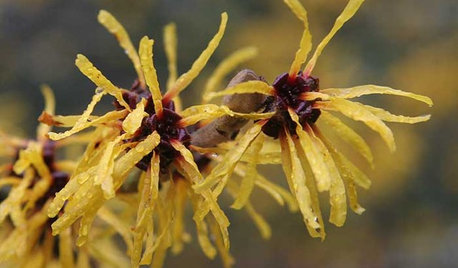
NORTHWEST GARDENINGPacific Northwest Gardener's February Checklist
Let witch hazel cast its spell, shut off your mason bees' snooze button and hit up the nursery for seeds and roses
Full Story
FARM YOUR YARDHello, Honey: Beekeeping Anywhere for Fun, Food and Good Deeds
We need pollinators, and they increasingly need us too. Here, why and how to be a bee friend
Full Story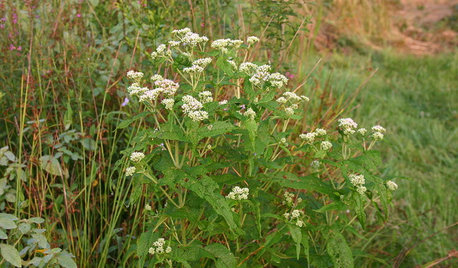
GARDENING GUIDESGreat Design Plant: Common Boneset Helps Good Bugs Thrive
Support bees, moths and butterflies with the nectar of this low-maintenance, versatile and tactile prairie-style plant
Full StoryMore Discussions






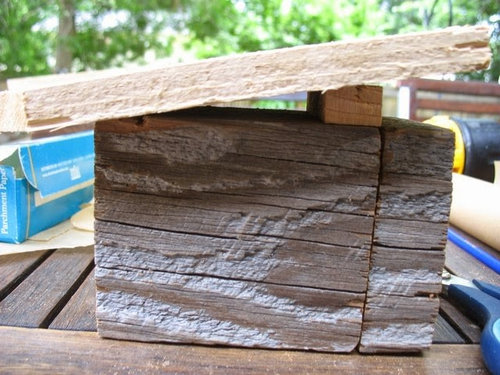
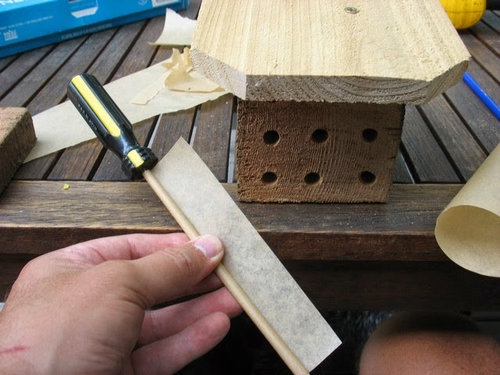
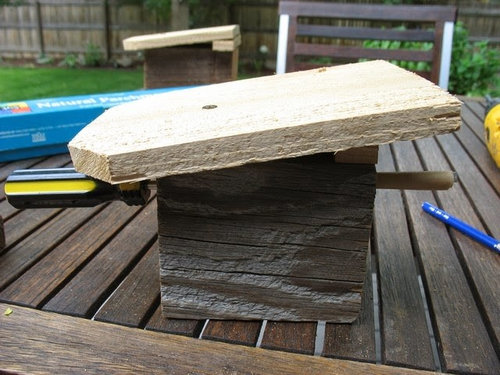


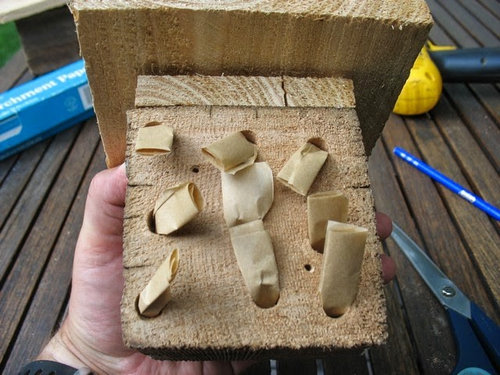
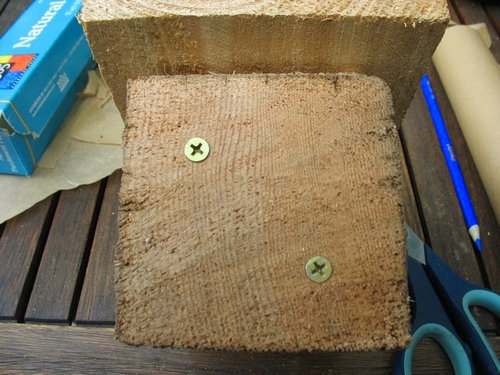



ZachS. z5 Platteville, Colorado
bugdoctorOriginal Author
Related Professionals
Accokeek Landscape Architects & Landscape Designers · Chattanooga Landscape Architects & Landscape Designers · Lakewood Landscape Architects & Landscape Designers · Pelham Landscape Contractors · Arlington Landscape Contractors · Battle Ground Landscape Contractors · Berkley Landscape Contractors · Caldwell Landscape Contractors · Cedar Hill Landscape Contractors · Darien Landscape Contractors · Pleasanton Landscape Contractors · Tuscaloosa Landscape Contractors · Wanaque Landscape Contractors · Westchester Landscape Contractors · Maple Grove Solar Energy SystemsZachS. z5 Platteville, Colorado
bugdoctorOriginal Author
ZachS. z5 Platteville, Colorado
bugdoctorOriginal Author
PBM2014
ZachS. z5 Platteville, Colorado